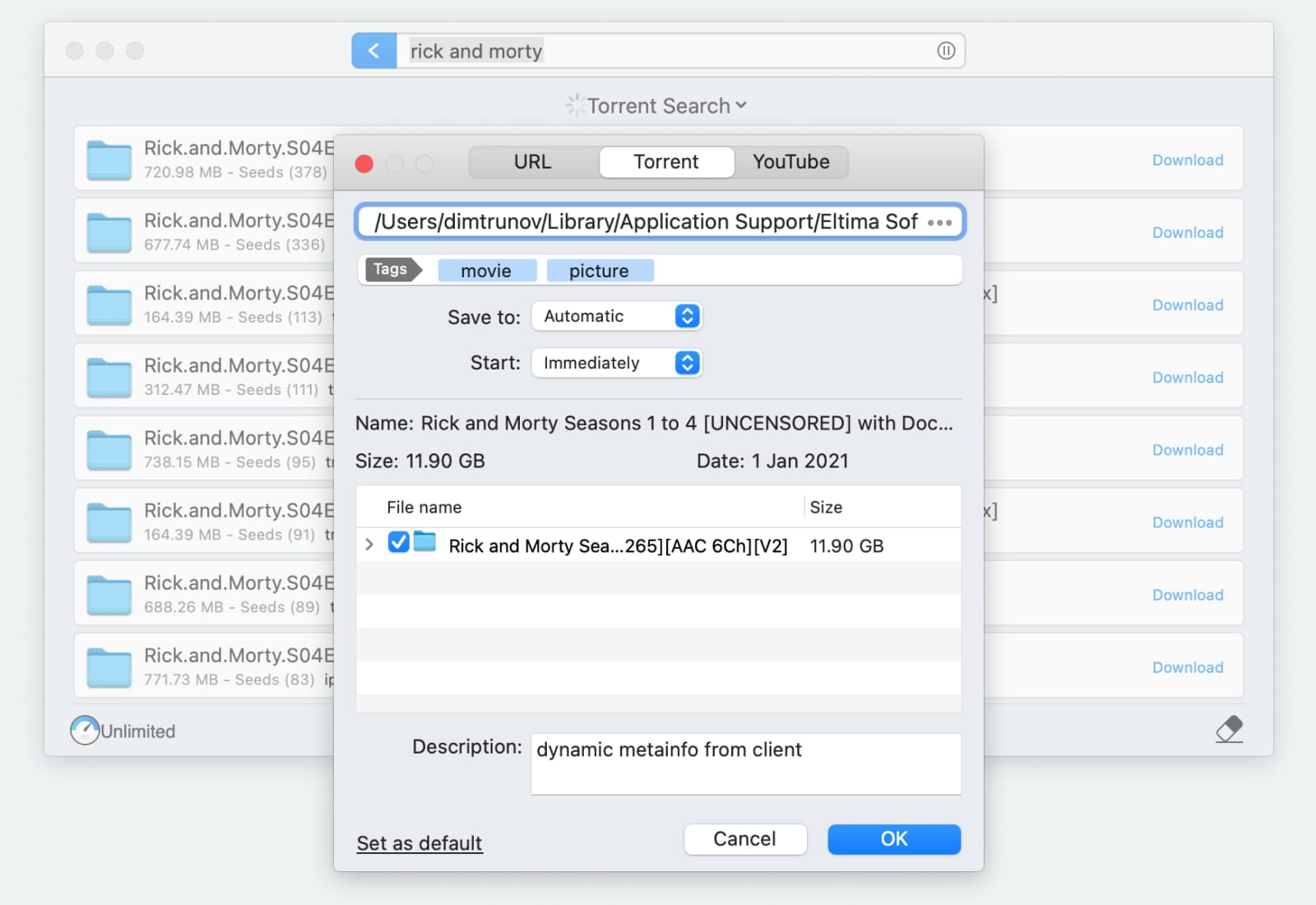

Learn more about how to manage Mac devices like PCs with Parallels Mac Management in our weekly Webinars. Check out the “Installing Parallels Mac Client Using Discovery Methods” section of the Administrator’s Guide for a detailed description of how this works.
#Ad tool for mac software#
And then installs the Parallels Mac client software on them. The SCCM Active Directory System Discovery tool automatically identifies new Mac devices on the network.
#Ad tool for mac mac os#
As an operating system, Mac OS has always tried to make things sleek and minimalist on your desktop. Furthermore, the Dynamic Desktop feature changes the image on your desktop to match the time of the day. Using Microsoft SCCM and Parallels® Mac Management for Microsoft® SCCM is a significantly easier way for administrators to integrate Mac clients into an Active Directory network. With Mojave, you can mute the colors of the interface, so you don’t find yourself blinded when working at night thanks to the Dark Mode. Integrating Mac clients into an Active Directory network In practice, however, configuring Mac clients manually one by one using Active Directory is not ideal. Another alternative for connecting a Mac with a domain controller is to choose the „Users & Groups“ option in the system settings under „Login options“ > „Network account server”. Examples include policies for domain passwords and identical user and domain login credentials, along with protected resource authorization. See how to check spelling and grammar in a different language. You can switch between proofing tools by selecting a different language for your document. Once the Mac clients are integrated via AD, at least some policies take effect for these clients. Depending on which language you are using, proofing tools can check spelling or grammar, hyphenate text, and look up words in the thesaurus. It enables administrators to integrate Mac clients into an existing AD environment. Apple offers their Directory Utility to accomplish this. However, Mac devices can be connected via Active Directory. Connecting Mac Devices via Active Directory Group Policies are a common feature that allows admins to regulate a range of user rights. For example, group policies have no effect on Mac computers. This means that admins lack important features of Active Directory.

Apple® uses its own implementation of the Lightweight Directory Access Protocol (LDAP) standard to connect Mac devices to AD servers or domain controllers: Open Directory. And by default, sudo access is disabled to prevent calling system critical tools and user management from the terminal. Because of this, admins face challenges when working with Mac clients-not all features and instructions work for Mac. For inconsistent IT environments (ones with both Windows and Mac®), it has the disadvantage of being a Windows solution. It helps manage domains, identities, user groups, and protected content for user accounts. This includes all their assets and users. Active Directory (AD) is one of the key tools that IT teams use to organize corporate network infrastructures.


 0 kommentar(er)
0 kommentar(er)
